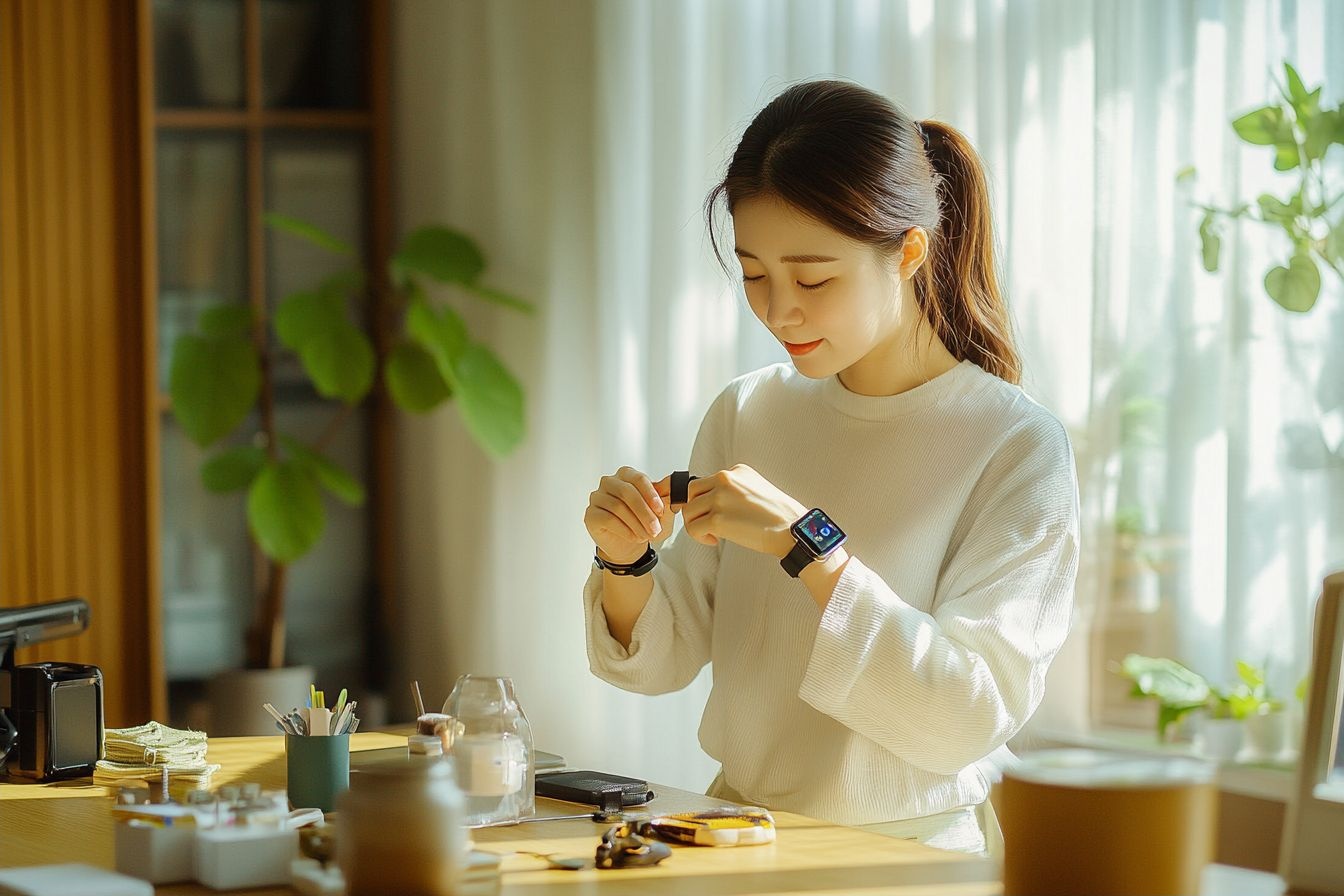Unraveling the Mystery of Automotive Paint Additives
Racing stripes that shimmer in the sunlight. Metallic flakes that dance across a car's surface. Color-shifting paints that transform with every angle. These eye-catching effects are more than just aesthetic marvels – they're the result of cutting-edge automotive paint additives. As car enthusiasts and manufacturers alike seek ever more striking ways to make vehicles stand out, the world of paint additives has become a fascinating frontier of innovation and creativity in the automotive industry.

The Evolution of Automotive Paint Additives
The story of automotive paint additives begins in the early days of car manufacturing. Initially, vehicles were painted with simple, single-color lacquers that offered basic protection and aesthetics. As the industry evolved, so did the demands for more durable, attractive, and unique finishes.
The 1930s saw the introduction of metallic paints, using aluminum flakes to create a shimmering effect. This marked the beginning of paint additives as we know them today. The post-World War II era brought further advancements, with the development of acrylic lacquers and enamels that offered improved durability and shine.
By the 1980s, clearcoat finishes became standard, providing an extra layer of protection and depth to car paint. This opened up new possibilities for additives, as manufacturers could now experiment with effects in the color base coat without compromising the paint’s protective qualities.
The Science Behind the Shine
At its core, automotive paint is a complex mixture of resins, pigments, and solvents. Paint additives are substances introduced to this mixture to enhance specific properties or create unique effects. These additives can range from simple metallic flakes to advanced color-shifting pigments and even nano-scale particles.
One of the most common types of paint additives is metallic flakes. These tiny pieces of aluminum, coated with a special oxide layer, reflect light in various directions, creating the illusion of depth and movement in the paint. The size and orientation of these flakes can dramatically affect the final appearance of the vehicle.
Another fascinating category is pearlescent additives. These are typically made from mica platelets coated with metal oxides. As light passes through these translucent particles, it’s refracted and reflected, creating a subtle, shimmering effect that seems to change with viewing angle.
Pushing the Boundaries: Color-Shifting and Textured Finishes
Perhaps the most striking development in recent years has been the advent of color-shifting paints. These use special interference pigments that create different colors depending on the viewing angle and lighting conditions. The effect can be subtle, shifting between similar hues, or dramatic, transforming from one color to a completely different one.
Textured finishes represent another frontier in paint additives. By incorporating tiny particles or fibers into the paint, manufacturers can create finishes that not only look unique but also feel different to the touch. From subtle satin textures to more pronounced matte finishes, these additives are changing our tactile interaction with vehicles.
Beyond Aesthetics: Functional Paint Additives
While many paint additives focus on visual appeal, there’s a growing trend towards functional additives that enhance the performance of the paint itself. Self-healing additives, for instance, contain microcapsules filled with a healing agent. When the paint is scratched, these capsules rupture, releasing the agent and effectively repairing minor damage.
UV-absorbing additives are another crucial development. These particles help protect the paint and the car’s interior from the harmful effects of sunlight, extending the life of the vehicle and maintaining its appearance over time.
Some of the most exciting innovations are in the realm of smart paints. These incorporate additives that can change properties in response to external stimuli. Imagine a car that becomes more reflective in bright sunlight to keep the interior cool, or one that can change color on demand. While still in early stages, these technologies hint at a future where cars are more responsive and adaptable than ever before.
The Environmental Angle: Sustainable Paint Additives
As environmental concerns become increasingly pressing, the automotive industry is looking for ways to make paint additives more sustainable. Bio-based additives, derived from renewable resources, are gaining traction as alternatives to traditional petroleum-based products.
Water-based paints, which reduce the emission of volatile organic compounds (VOCs), are also becoming more common. These require specially formulated additives to achieve the same level of performance and visual appeal as solvent-based paints.
Another area of focus is the development of additives that can make paint more durable, reducing the need for repainting and thus lowering the overall environmental impact of vehicle maintenance.
The Future of Automotive Paint Additives
As we look to the future, the world of automotive paint additives continues to evolve at a rapid pace. Nanotechnology is opening up new possibilities, with researchers exploring ways to create ultra-thin, super-durable coatings that can repel dirt and water, or even generate electricity from sunlight.
The integration of digital technology into paint systems is another exciting frontier. We may soon see paints that can change color or pattern at the touch of a button, or display information directly on the vehicle’s surface.
As cars become more than just modes of transport – evolving into mobile living spaces and expressions of personal style – the role of paint additives will only grow in importance. From enhancing aesthetics to improving functionality and sustainability, these tiny particles are set to play a big role in shaping the future of automotive design.
The world of automotive paint additives is a testament to human ingenuity and our constant drive to innovate. As we continue to push the boundaries of what’s possible, one thing is clear: the cars of tomorrow will be more colorful, more expressive, and more amazing than ever before. And it all starts with those tiny, powerful paint additives.





